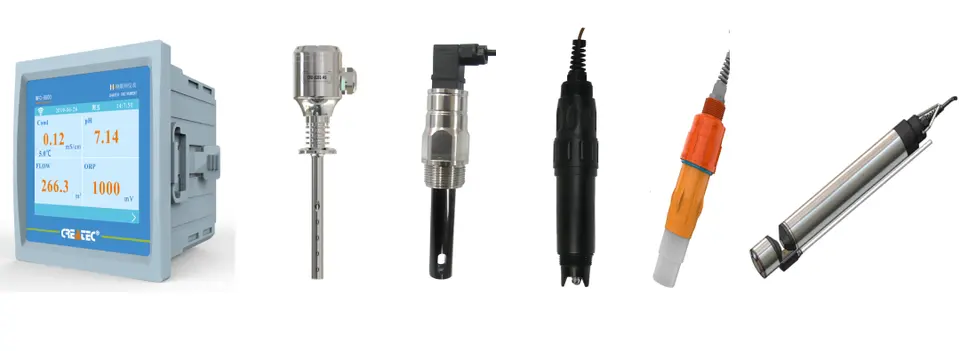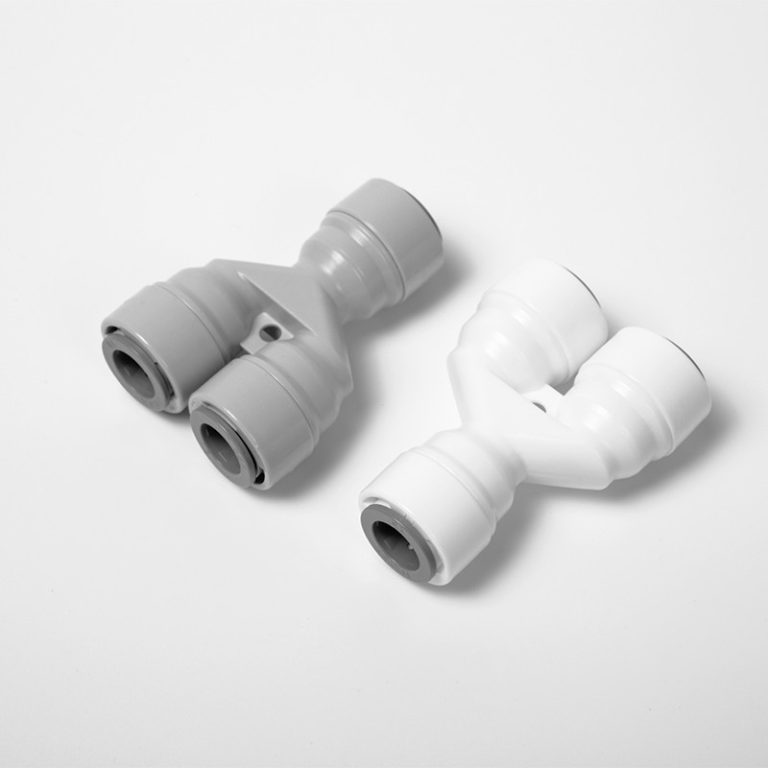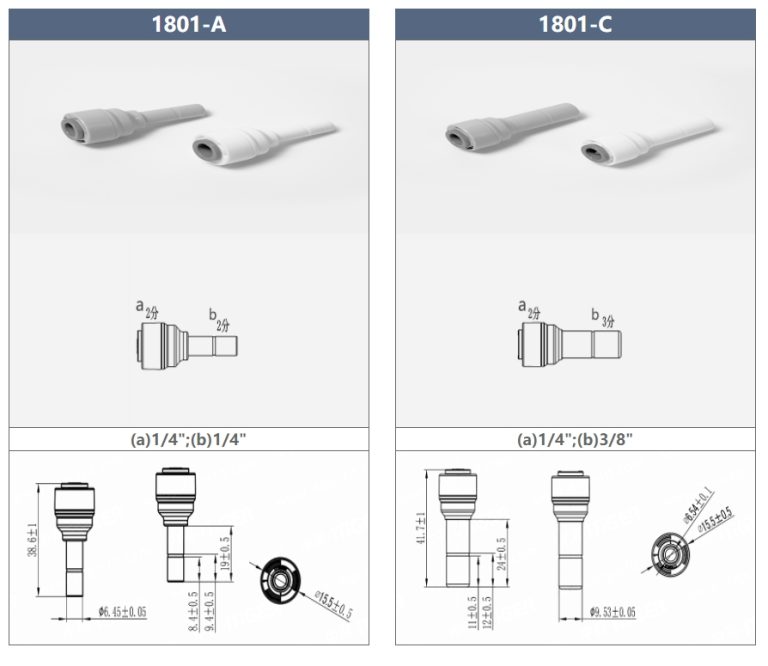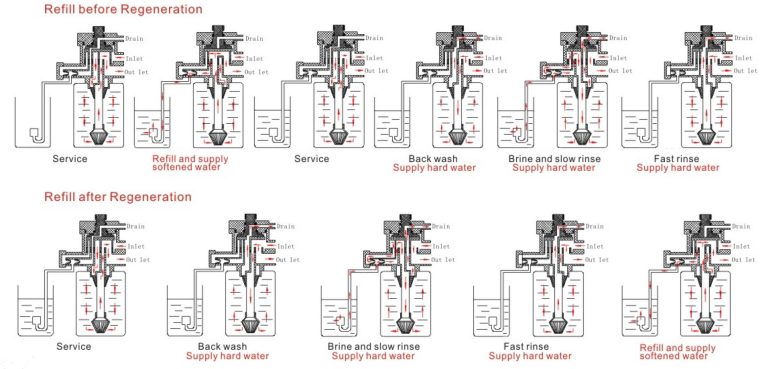Exploring the Basics of Conductivity Sensors: How Do They Work?
Conductivity sensors are an essential tool for measuring the electrical conductivity of a material. They are used in a variety of industries, from water treatment to food processing, to ensure that the material being measured is safe and of the highest quality. But how do these sensors work?
Conductivity sensors measure the ability of a material to conduct electricity. This is done by passing an electrical current through the material and measuring the amount of current that is conducted. The more current that is conducted, the higher the conductivity of the material.
Conductivity sensors come in two main types: contact and non-contact. Contact sensors measure the conductivity of a material by making direct contact with it. This type of sensor is typically used in water treatment and food processing applications. Non-contact sensors measure the conductivity of a material without making direct contact. This type of sensor is typically used in industrial applications, such as measuring the conductivity of a metal alloy.
No matter which type of conductivity sensor is used, the basic principle remains the same. The sensor measures the amount of current that is conducted through the material and then converts this into a numerical value. This value is then used to determine the conductivity of the material.

Conductivity sensors are an invaluable tool for ensuring the safety and quality of materials. They are easy to use and provide accurate results. With the right sensor, you can be sure that the material you are measuring is safe and of the highest quality.







